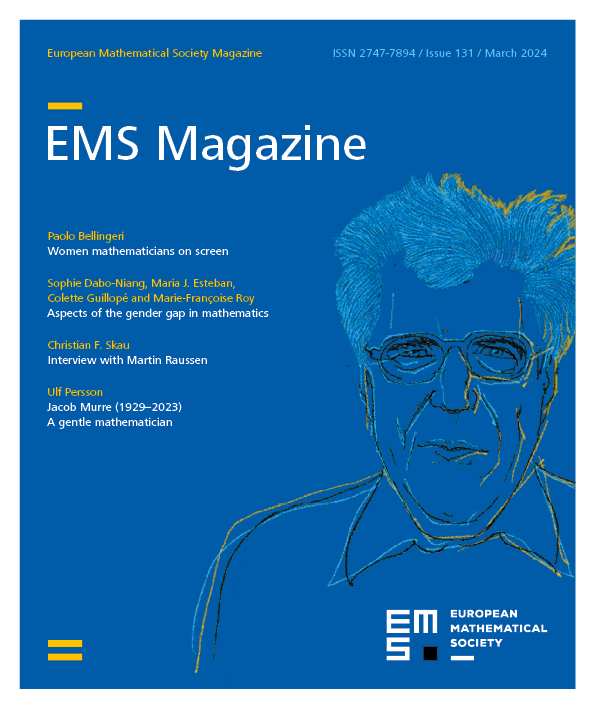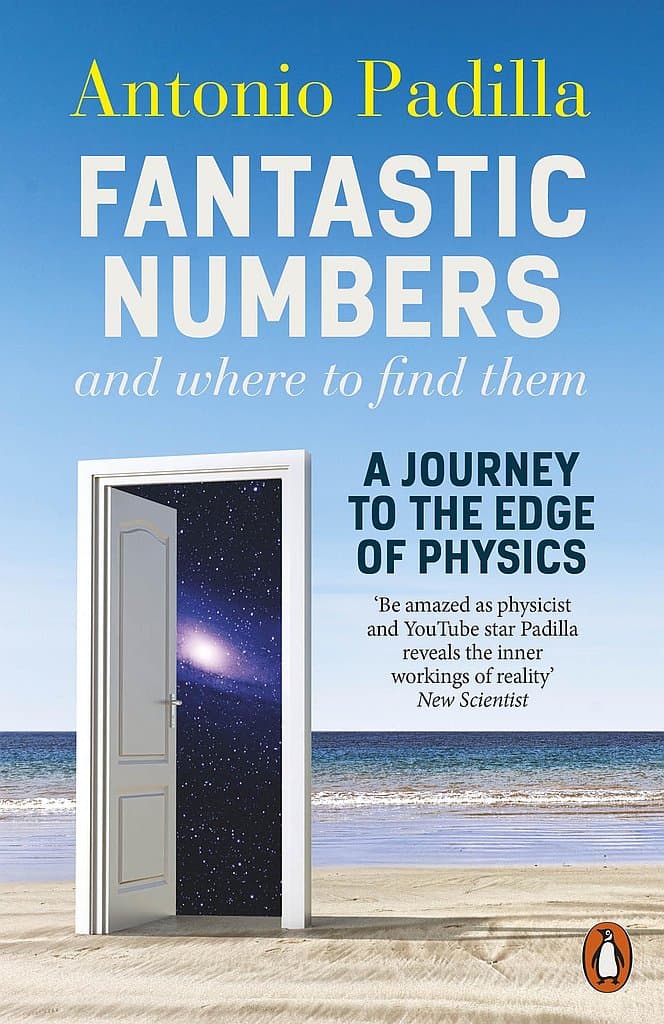All rights reserved.
This is not the book that I expected it to be. Perhaps it was naïve of me, but I bought this book based on the title (the different subtitles A Cosmic Quest from Zero to Infinity and A Journey to the Edge of Physics were added to different versions of the book at later dates) and I thought this was a book written in a similar fashion to some of Marcus du Sautoy’s books on prime numbers. I was surprised that this is much more of a theoretical physics book that uses interesting numbers as the inroad to discussing important concepts in quantum mechanics and cosmology. However, I was not at all disappointed – theoretical physics and cosmology is an interest of mine that I have neglected for a while, so this reintroduction to the subject was welcomed. It is worth keeping the subject in mind, though, if you are looking for a new maths book for yourself or for a fellow mathematician – this book is quite specialised, and some prior knowledge of theoretical physics would be very helpful.
Padilla is certainly known to some readers as one of the experts interviewed regularly on Brady Haran’s Numberphile YouTube channel. Padilla is a theoretical physicist and cosmologist at the University of Nottingham who regularly appears on the channel to discuss topics as wide-ranging as the sum of the infinite series of natural numbers, the gaps between prime numbers, how many particles are in the universe, and the multiverse. His book is just as fun and as interesting as his videos.
Padilla begins the book with a brief introduction and a story from his mathematical studies at Cambridge University. He received a score of zero from his tutor for a proof because it was not rigorous enough, encouraging Padilla to be more meticulous with his work and studies. It is an interesting story, but the book takes quite a turn after that when the main chapters start, leaving the introduction to appear rather disconnected.
The chapters of the book are structured into three main sections: big numbers, little numbers, and infinity. The first section discusses a googol, a googolplex, Graham’s number and TREE(3), but it also discusses the number 1.000000000000000858. This number allows Padilla to discuss electromagnetism, the special theory of relativity, and time dilation, with the discussion flowing effortlessly, and all of that is presented to the reader using the analogy of Usain Bolt’s record-breaking 100 m sprint in Berlin.
Padilla’s skill is in starting his discussions using something well understood by the reader, then moving laterally into something new, all very smoothly and in a way that leads the reader into the complexities of quantum mechanics quite easily. How long the reader stays in the more complex areas of the book depends on their prior knowledge of the subject, as I feel that a complete novice would struggle to follow the discussions once they have moved far away from the initial subject. This probably is not a Quantum Mechanics for Absolute Beginners book…, but then again, could such a book be written?
Subsequent chapters present the importance of the discovery of the number zero and the discovery of the Higgs boson. The book ends with a fascinating chapter on infinity, managing to present the concept of cardinality of infinite sets in one of the most accessible ways that I have seen.
There are some errors in the book that some readers will notice, and having read other reviews of the book online I am not sure if they have been corrected in subsequent versions of the book. In a chapter that delves into the Standard Model of particle physics, Padilla presents the quarks and the leptons, but mislabels all the leptons as quarks (up, down, charm, etc.), which is a surprising proofreading error. I also think there is another error in the discussion of the cardinality of infinite sets, writing when he meant to write , which was crucial to the point of that chapter.
But those minor issues aside, this is an excellent book to read as long as you do not make the same mistake that I did. If you do not have a major interest in quantum mechanics or cosmology, but you have some prior pre-university studies on the topic, this is an excellent read.
Antonio Padilla, Fantastic Numbers and Where to Find Them: A Journey to the Edge of Physics. Penguin, 2022, Paperback ISBN 978-0-141-99282-2, eBook ISBN 978-0-241-44538-9.
Cite this article
Dominic Thorrington, Book review: “Fantastic Numbers and Where to Find Them: A Journey to the Edge of Physics” by Antonio Padilla. Eur. Math. Soc. Mag. 131 (2024), pp. 66–67
DOI 10.4171/MAG/186
